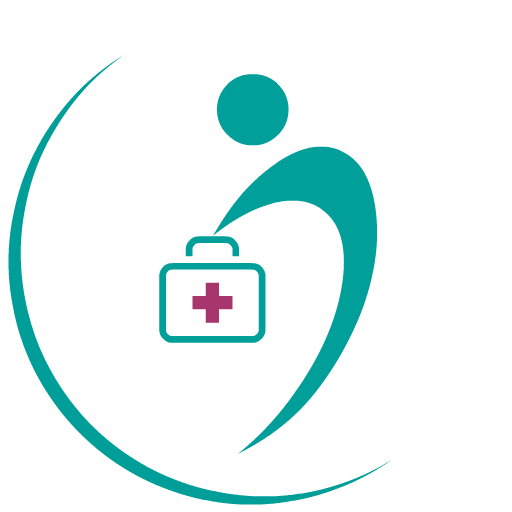CPR stands for cardiopulmonary resuscitation, an emergency procedure to restore breathing and circulation during a cardiac arrest when the heart stops
Quickly performing CPR can double or even triple a person’s chances of surviving cardiac arrest and can be a life-saving measure in many cases.
How to Give CPR?
Learning how to give CPR correctly is an important skill for everyone to know.
For healthcare providers or those who are trained in the traditional method of CPR, it involves performing 30 chest compressions followed by 2 breaths at a rate of 100-120/minute and a depth of at least 5 cm (2 inches).
Those who witness an adult suddenly collapse in an out-of-hospital setting such as at home, work or in a park can use compression-only CPR, also known as Hands-Only CPR which does not require mouth-to-mouth breathing.
Knowing how to perform life-saving CPR can mean the difference between life and death in an emergency situation. Even if you’re afraid or unsure of how to do it, remember that it’s always better to attempt CPR than not do anything at all. With the right know-how and tools, you could be saving a life!
Before starting CPR, check:
Is the environment safe for the person?
Is the person conscious or unconscious?
If the person appears unconscious, tap or shake his or her shoulder and ask loudly, "Are you OK?"
If the person doesn't respond and you're with another person who can help, have one person call 911 or the local emergency number and get the AED, if one is available. Have the other person begin CPR.
If you are alone and have immediate access to a telephone, call 911 or your local emergency number before beginning CPR. Get the AED if one is available.
As soon as an AED is available, deliver one shock if instructed by the device, then begin CPR.
Remember to spell C-A-B
The American Heart Association uses the letters C-A-B to help people remember the order to perform the steps of CPR.
C: compressions
A: airway
B: breathing
Compressions: Restore blood flow
Compressions means you'll use your hands to push down hard and fast in a specific way on the person's chest. Compressions are the most important step in CPR. Follow these steps for performing CPR compressions:
Put the person on his or her back on a firm surface.
Kneel next to the person's neck and shoulders.
Place the lower palm (heel) of your hand over the center of the person's chest, between the nipples.
Place your other hand on top of the first hand. Keep your elbows straight and position your shoulders directly above your hands.
Push straight down on (compress) the chest at least 2 inches (5 centimeters) but no more than 2.4 inches (6 centimeters). Use your entire body weight (not just your arms) when doing compressions.
Push hard at a rate of 100 to 120 compressions a minute. The American Heart Association suggests performing compressions to the beat of the song "Stayin' Alive." Allow the chest to spring back (recoil) after each push.
If you haven't been trained in CPR, continue chest compressions until there are signs of movement or until emergency medical personnel take over. If you have been trained in CPR, go on to opening the airway and rescue breathing.
Airway: Open the airway
If you're trained in CPR and you've performed 30 chest compressions, open the person's airway using the head-tilt, chin-lift maneuver. Put your palm on the person's forehead and gently tilt the head back. Then with the other hand, gently lift the chin forward to open the airway.
Breathing: Breathe for the person
Rescue breathing can be mouth-to-mouth breathing or mouth-to-nose breathing if the mouth is seriously injured or can't be opened. Current recommendations suggest performing rescue breathing using a bag-mask device with a high-efficiency particulate air (HEPA) filter.
After opening the airway (using the head-tilt, chin-lift maneuver), pinch the nostrils shut for mouth-to-mouth breathing and cover the person's mouth with yours, making a seal.
Prepare to give two rescue breaths. Give the first rescue breath — lasting one second — and watch to see if the chest rises.
If the chest rises, give a second breath.
If the chest doesn't rise, repeat the head-tilt, chin-lift maneuver and then give a second breath. Thirty chest compressions followed by two rescue breaths is considered one cycle. Be careful not to provide too many breaths or to breathe with too much force.
Resume chest compressions to restore blood flow.
As soon as an automated external defibrillator (AED) is available, apply it and follow the prompts. Give one shock, then resume chest compressions for two more minutes before giving a second shock. If you're not trained to use an AED, a 911 operator or another emergency medical operator may be able to give you instructions. If an AED isn't available, go to step 5 above.
Continue CPR until there are signs of movement or emergency medical personnel take over.
Blogs
Stay connected to health experts and read what they have to say via DocSmart.
Please sign up to create your own blog





